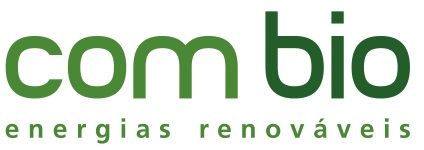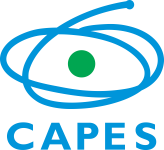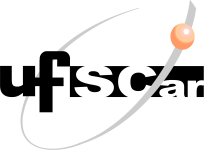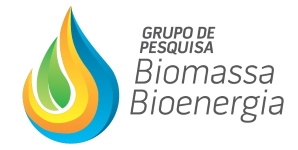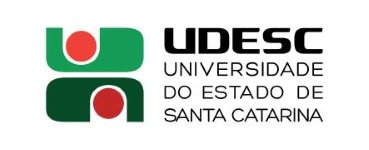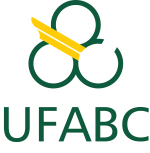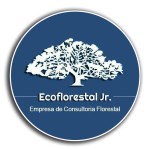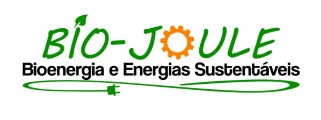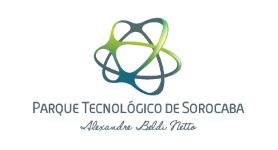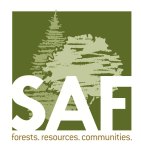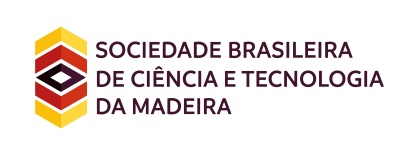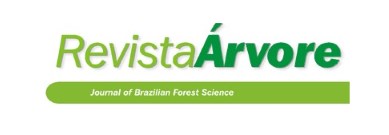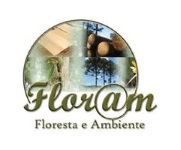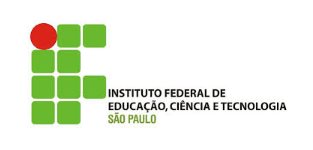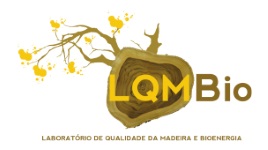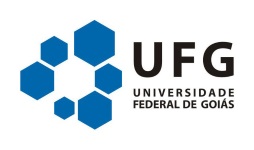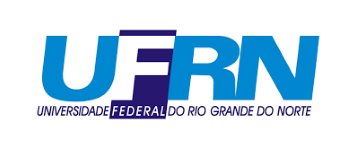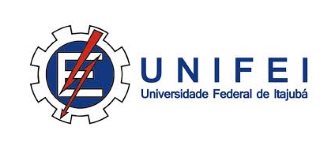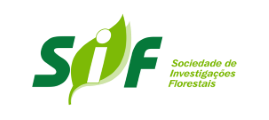EVALUATION OF MICROALGAE GROWTH ON UREA MEDIUM FOR NITROGEN FIXATION
01 - Algae
 1 MATHEUS GUSTAVO MARTINS SILVA, 1 ÊNIO NAZARÉ DE OLIVEIRA JUNIOR , 1 STEPHANNY CRISTYNE EROLES SHIMADA, 1 IGOR ANDRADE FIGUEIREDO DE SOUZA, 1 CAROLINE FERRANTE LIMA, 1 PAULO HENRIQUE DE PAULA JUNIOR
1 MATHEUS GUSTAVO MARTINS SILVA, 1 ÊNIO NAZARÉ DE OLIVEIRA JUNIOR , 1 STEPHANNY CRISTYNE EROLES SHIMADA, 1 IGOR ANDRADE FIGUEIREDO DE SOUZA, 1 CAROLINE FERRANTE LIMA, 1 PAULO HENRIQUE DE PAULA JUNIOR
1 UNIVERSIDADE FEDERAL DE SÃO JOÃO DEL-REI
The physical and chemical conditions of soil and water, such as pH, dissolved gas, alkalinity, hardness and ammonium concentration are fundamental to success in fish farming. The non-ionized ammonia is of lipophilic origin and therefore is permeable to the cell membrane so that with increasing concentration in the external environment, the flow of this compound into the organism grows and is transformed into ammonium, which is retained in the animal tissue. In view of this problem, the aim of this study is the cultivation of microalgae as a biological filter to remove excess ammonia in the form of urea, through its capacity to fix nitrogen. The experimental setup consisted of two different culture media Inthorn and Inthorn + Urea, in the later, the only source of nitrogen is urea and the control, without nitrogen. The study focused on three microalgae species: Chlorella Vulgaris, Sorokiniana sp. and Scenedesmus sp. According to the results, Chlorella Vulgaris showed regular growth in the Inthorn medium with a maximum optical density of 0.190, but in Inthorn + Urea the growth fell from the sixth day reaching OD = 0.033 on the last day. Sorokiniana sp. showed a significant growth in the medium Int + Urea (OD = 0.590) indicating a positive correlation between the presence of urea and the biomass production by this microalgae. It was also noticed that its total biomass was about three times greater than Chlorella in medium Inthorn. With Scenedesmus sp. it can be observed that it can also fix nitrogen from the atmosphere, since its control, as well as Chlorella Vulgaris, had a reasonable growth until the last day (OD = 0.102), but in a less effective way. Therefore, it was observed that among all species evaluated Sorokiniana sp. was the one that presented greater growth when being cultivated in the Inthorn medium with urea. This significant production of biomass makes it a promising species to be cultivated in the fish farming effluent.
Keywords: microalgae; urea; fish farming; nitrogen; biotechnology.
